We find out which cabbage is considered the most useful for humans.
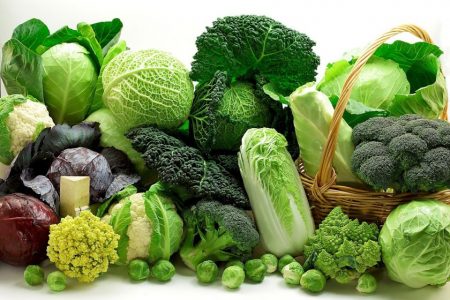
Cabbage is a popular vegetable that is not only very tasty, but also has a huge composition of nutrients.
Due to the large number of varieties of this fruit, you can choose the wrong one, which can seriously harm. That is why it is recommended to understand each form.
Content
Cabbage composition
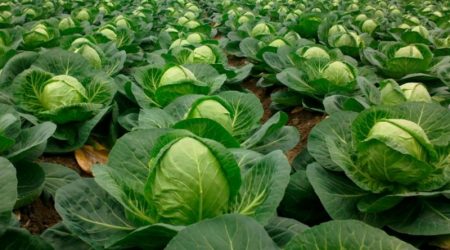
This vegetable stores a huge amount of nutrients, beneficially affecting the body and health. Cabbage is rich in micro and macro elements, calcium, fluorine, phosphorus, potassium, vitamins U, B and C, fiber, carbohydrates, lactose, iron, fructose, glucose. Due to the predominance of water, it contains only 26 kcal per 100 g.
Benefit
This product is undoubtedly healthy. He is capable of:
- remove cholesterol, toxins from the body, cleanse blood vessels;
- protect the gastrointestinal tract;
- inhibit the accumulation of fats, fight excess weight;
- treat bruises, joints, inflammation;
- fights liver diseases, atherosclerosis;
- lowers blood glucose;
- restores strength;
- cabbage juice prevents flatulence.
Contraindications
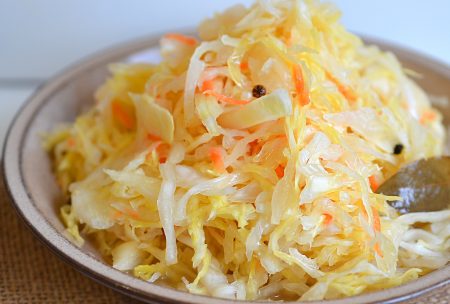
For proper and competent use, it is worth understanding what harm it can bring:
- Due to overeating, it may darken in the eyes for a while.
- It is not recommended to eat in case of thyroid disease, stomach ulcer, gastrointestinal tract.
- In men, health problems may begin.
- With inflammation of the duodenum, you should also not abuse this product.
To reduce the amount of salt in sauerkraut, it can be washed.
Types of cabbage
There are a huge number of different types of cabbage, but 13 varieties of the most popular are distinguished.
White-headed
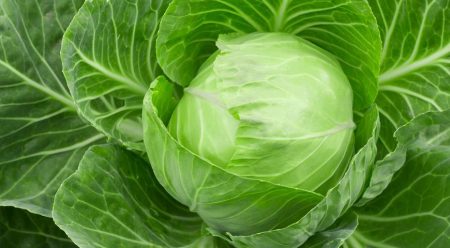
This type is familiar to many. It is distinguished by its large, snow-white, round head of cabbage, which is located in the middle of the outlet under green leaves. There are different subspecies: early ones, suitable for salads and containing a greater amount of vitamins, mid-ripening for souring and late, perfectly preserving their properties in winter. The main advantage is the presence of vitamin U, which is very rare in other foods. However, it has a rather modest composition and for this reason a low price. It is best to eat raw cabbage and toss out its stump.
Brussels
Its appearance resembles small heads of white cabbage, which are located around the central stem. The leaves are of various sizes elongated, round, corrugated, smooth, loose, dense. The well-known varieties include Casio, Gurcules, Rosella, which are the most frost-resistant, unpretentious, however, they ripen for a long time and are rarely able to take root. Brussels contains protein, fiber, vitamins C, B6, B9, B1, PP, B2, enzymes, amino acids. They help restore vision, normalize the cardiovascular system, reduce cholesterol, improve digestion, strengthen the skeletal system. Recommended for women who are expecting a baby. It is eaten stewed, boiled, fresh, dried, canned, frozen. So that it does not get bitter, but acquires a nutty taste, you can sprinkle it with lemon juice or add salt. However, if there is an increased acidity, intestinal atrophy or enterocolitis, then you should not add Brussels sprouts to your diet.
Red-headed
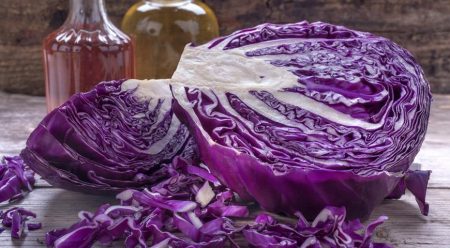
A variation of cabbage is a vegetable with purple-red leaves that are slightly stiffer and less juicy.She loves humidity, the sun, tolerates cold and long-term storage. There are about 45 species. The most popular are Mikhneevsky, Gako, Primero. It has antioxidant substances, contains more sugars, potassium, fiber, dietary fiber, vitamins A, C. Recommended for people with heart diseases and poor immunity. Used both in heat treatment and fresh. When grown in a constantly lit area, the red pigment will form more intensively.
Kohlrabi
Appearance is distinguished by a wide stalk, which is similar to a cabbage stalk. Of the varieties, Giant, Vienna White and Violet are distinguished. On the palate, they are not sharp, sweet, tender. The main thing is not to overdo it, harvesting on time. The pulp contains fiber, potassium, iron, ascorbic acid, vitamins PP, B2, B1, which helps to reduce cholesterol, toxins, toxins, increase appetite, and healing ulcers. Tartonic acid does not allow fat to form and that is why kohlbari is recommended for children, pregnant women, for dietary nutrition. Due to the fact that during cooking, almost all useful substances are destroyed, it is eaten raw.
Color
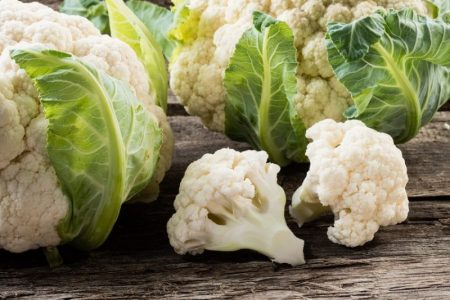
For white cabbage, cauliflower is the second largest cultivator in the world. It has a reddish, white, lilac, yellowish color and looks like a lot of inflorescences, which are collected in a single bouquet. There are several varieties that differ in size, color, density, duration of cultivation. The most famous are Amerigo, Warranty, White Beauty. This product has a delicate pulp due to its lower fiber content, it is well digested, has hypoallergenic properties, as well as ascorbic acid, more proteins than white milk, vitamin B, pectin, biotin. Regular inclusion of this species in food can rejuvenate the skin, improve legs, hair. However, people with urolithiasis are not recommended to use high blood pressure.
If cauliflower is surrounded by green leaves, then it is of high quality.
Sheet
This type of cabbage has different names - kale, gryunkol, brunkol, curly, braunkol. It is grown not only as an edible fruit, but also in the form of an ornamental plant. Kale is ahead of everyone else in the content of lean protein, calcium, vitamins A, C, K, restoring digestion, reducing allergic reactions. Popular varieties are Redbor, Reflex, Black Tuscany. The disadvantage of these species is that they are not able to be stored for a long time and in order to extend the shelf life, it can be frozen.
Broccoli
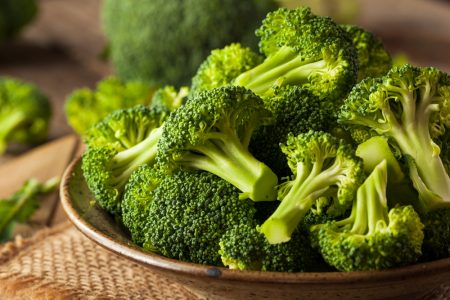
Very similar to cauliflower. It contains a larger volume of vitamins A, C, K compared to others, as well as calcium, vegetable protein, chlorophyll. These elements help prevent early cell dilatation, cancer, cataracts, cholesterol, and also fights low acidity. Broccoli has about 35 varieties, some of which are Fiesta, Batavia, Curly head. They respond perfectly to frost, sun, heat. Eat should be inflorescences that have not yet opened, and not the leaves. This vegetable can be boiled, blanched, baked, fried, pickled, frozen, but should not be subjected to heat treatment.
Beijing
It has delicate, pale green, juicy, longish leaves and a long conical head of cabbage. It contains lysine, a large amount of vitamins B, C, as well as phosphorus, calcium, organic acids, which help strengthen the nervous system, cope with the disease of the gastrointestinal tract and heart, increase immunity, remove edema, and stabilize pressure. Famous varieties include - Hydra, Nika, Autumn jade.However, with constipation, ulcer, dysbiosis, inflammation of the liver, the use of Beijing cabbage is contraindicated.
Savoy
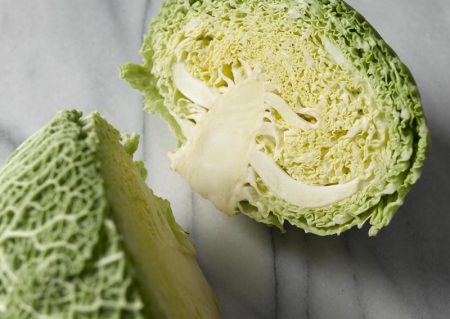
This cabbage, as well as white cabbage, contains large heads of cabbage, only less strong and with softer, thinner, dark leaves. She is not able to maintain her freshness for a long period of time and has a small yield. Types of Vertu, Petrovna, Lacemaker are distinguished by a huge number of vitamin C and protein, as well as an increased content of ascorbic acid, carotene. Savoy tastes sweeter due to mannitol alcohol, and hard fibers and bitterness are practically absent. It is recommended for diabetics due to lack of sugar. It is undesirable to use for conservation, pickling. Best of all - in pies, soups, salads. With an ulcer, high acidity and postoperative period in the intestines, it is not worth using.
Chinese
The exterior resembles a turnip, which forms a rosette of leaves on thick earrings. In this case, the head and root crop are absent. In China, butter is made from this variety, and it is also boiled, pickled, fried, salted, salads, stuffed cabbage are made. Chinese cabbage contains calcium, proteins, magnesium, fats, iron, vitamins A, C. However, you should be careful with its use, because although it is able to prevent cancer cells, it is toxic in large quantities.
Romanesco
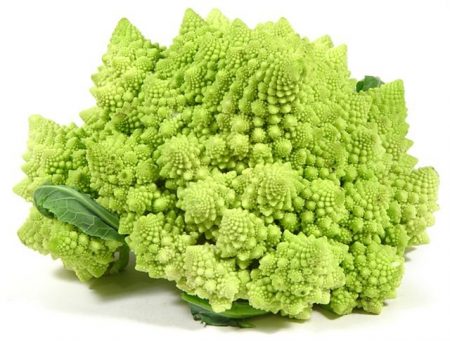
This variety was bred in Italy. It has green-lettuce inflorescences that look like sharp cones, seashells, cones with spikes, a logarithmic spiral. It has a non-bitter, tender nutty-creamy taste, soft texture, a huge variety of vitamins K, C, kartinoidov, dietary fiber. Popular types - Emerald Cup, Pearl, Puntoverde. The composition is quite similar to cauliflower and broccoli. When cooking, it is undesirable for a long time to fry, cook, as it can become tasteless. However, if you overeat, you can earn flatulence or bloating.
Decorative
It is used to decorate the garden after the termination of the vegetation of all other products. It forms an unusual, flower-like rosette, which can be yellow, green, purple, white. This variety has a rather specific taste, but it is incredibly useful. Due to the large amount of selenium, ornamental cabbage can perfectly normalize the immune system.
After the first frosts, the colors of decorative cabbage become only more expressive, colorful and brighter.
Japanese
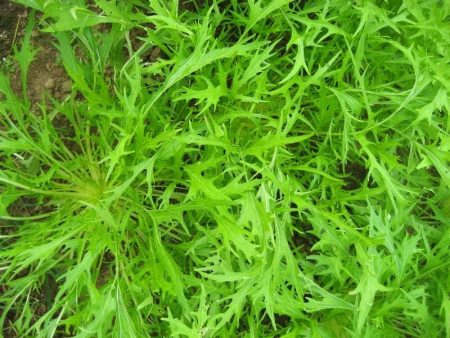
Japanese cabbage does not look like cabbage at all, so it can be easily confused. Leaves in this variety are raised up or arranged horizontally, with torn edges and a corrugated surface. In its composition is very similar to white. It is preferable to eat it with vitamin deficiency, oncological cardiovascular diseases. On the palate, it is quite tender and completely non-sharp.
Fodder
Such a cabbage looks like a small palm tree, which can grow up to 1.9 m. It contains protein, ascorbic acid, vitamin B, sugar, carotene. It is characterized by unpretentiousness in care and high productivity. When added to food, livestock will increase milk production, milk fat, reduced expenses on animal feed.
The most useful cabbage
The above cabbage varieties are undoubtedly capable of influencing only positively on human health. Of the listed list, the most useful variety is broccoli, and the one containing the least amount of usefulness is white. Despite this, absolutely all of them help reduce cholesterol, strengthen immunity, lose weight, increase appetite, strengthen nails, hair and relieve inflammation in the stomach.

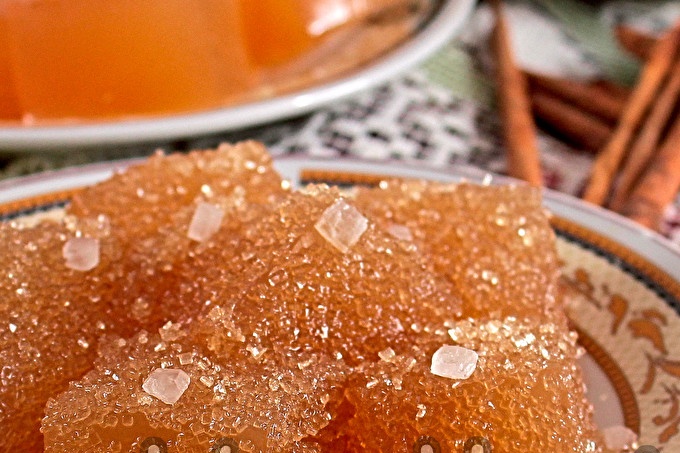
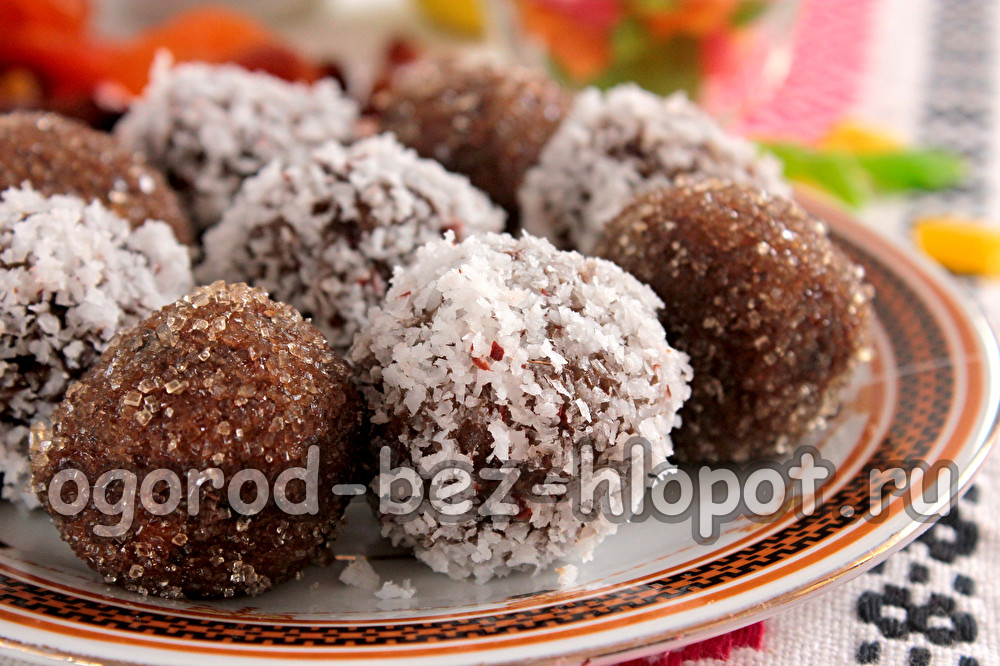
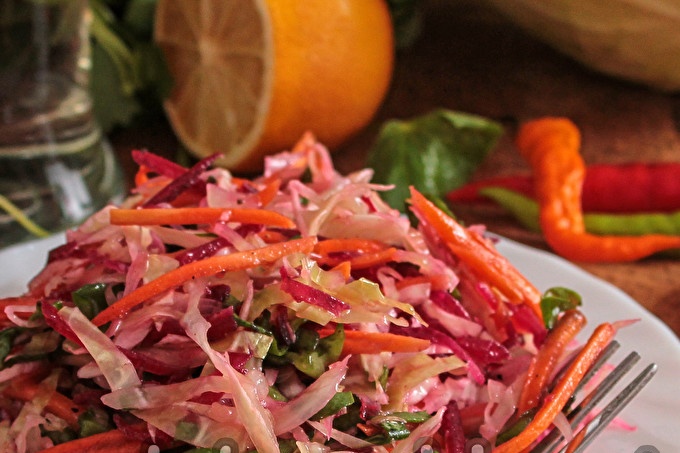
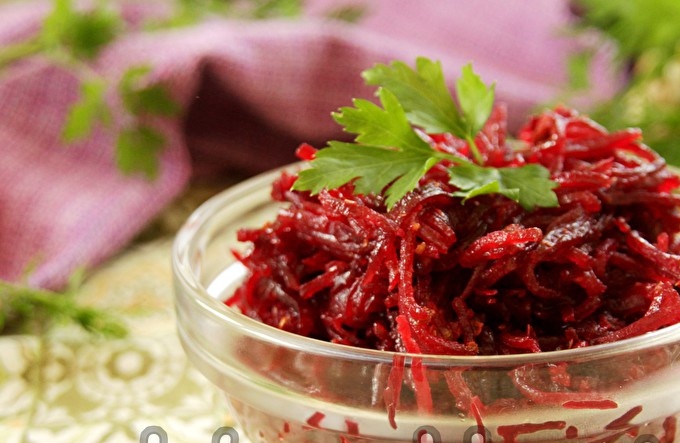 Korean-style fast beetroot: the most delicious recipe
Korean-style fast beetroot: the most delicious recipe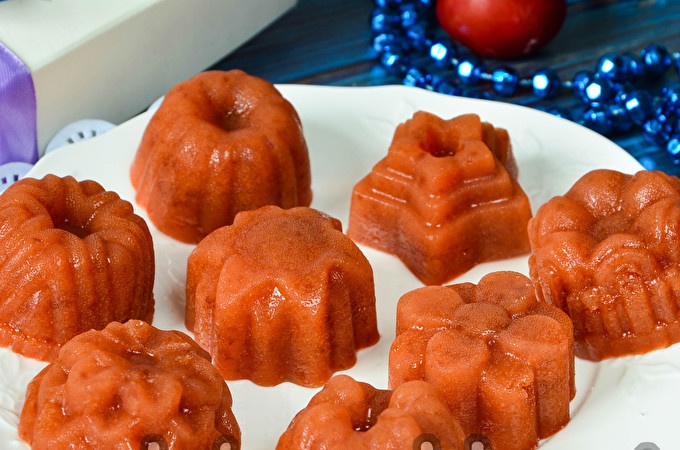 Plum marmalade at home
Plum marmalade at home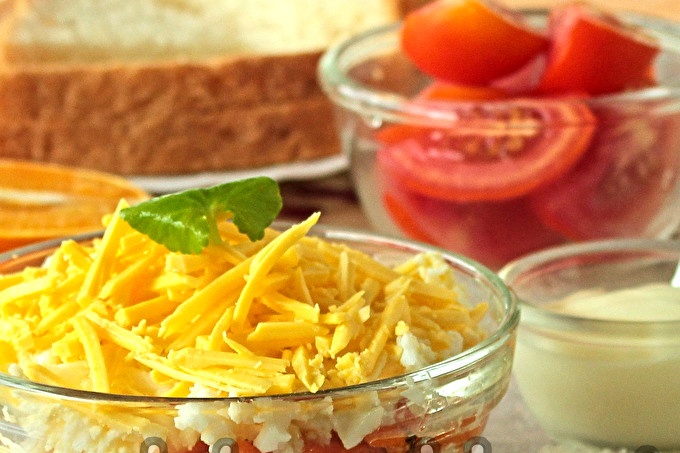 Guests Delight salad with Korean carrots and oranges - guests are amazed
Guests Delight salad with Korean carrots and oranges - guests are amazed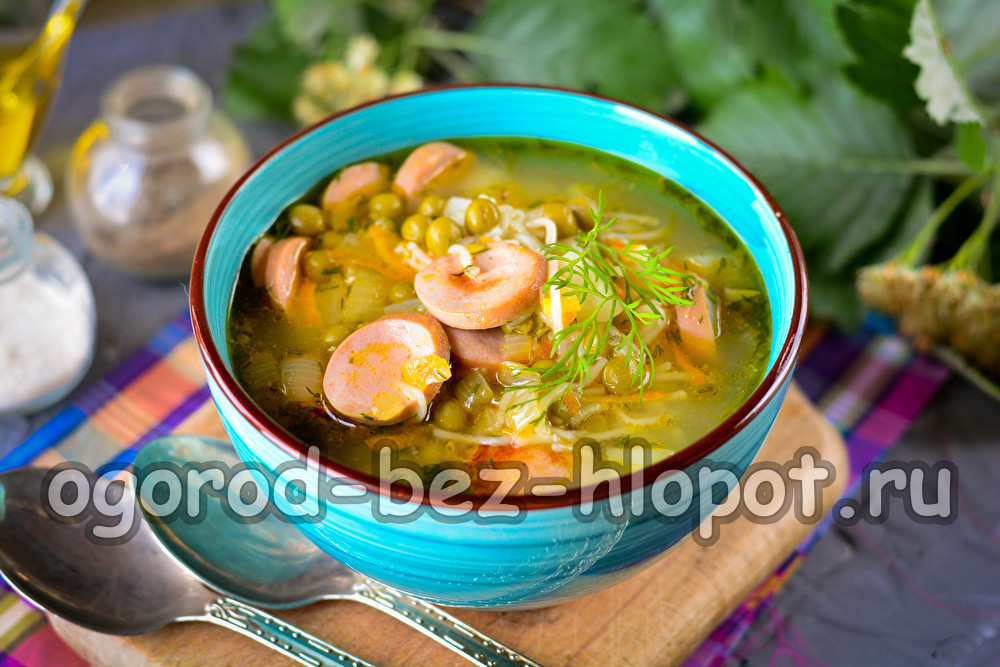 Appetizing instant soup - only 25 minutes
Appetizing instant soup - only 25 minutes